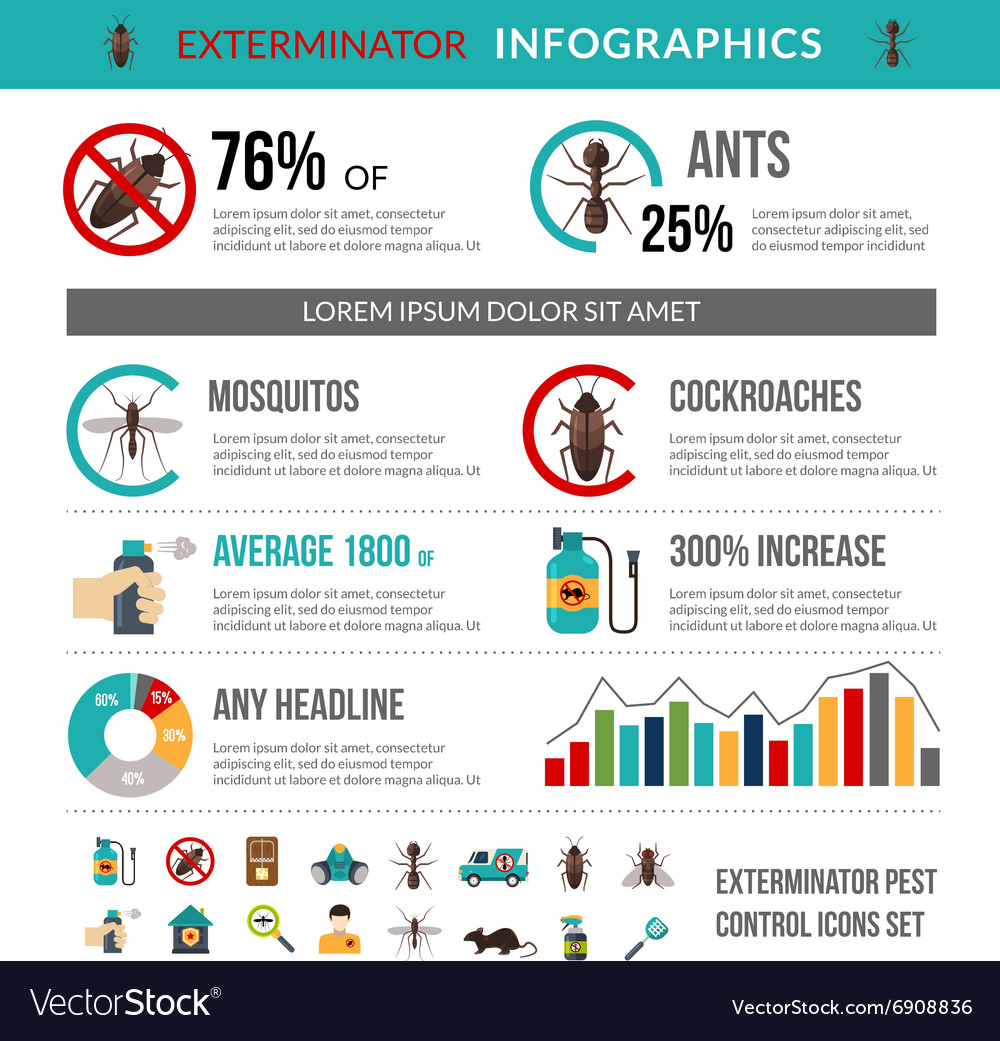You might assume your home is risk-free, but what if unseen trespassers were silently triggering damages right under your nose? As you set about your daily routines, have you ever discovered subtle adjustments but brushed them off as small nuisances? Be prepared to reveal the hidden tricks termites might be harboring in your home. From safe spray pest control of audios to the subtlest of signs, understanding the detailed overview on typical signs could save you from an expensive nightmare.
Visual Indicators of Termite Problem
If you observe little stacks of what looks like sawdust near wood structures in your home, you may be seeing the very first visual indicators of a termite infestation. Termites, often referred to as the 'quiet destroyers,' can wreak havoc on your building without you also understanding it. These little heaps are in fact termite droppings, called frass, which are a byproduct of their tunneling activities within the wood.
As you inspect your home for indications of termites, pay close attention to any type of mud tubes leaving the walls or structure. These tubes function as safety passages for termites to travel between their nest and a food resource without drying. Furthermore, keep an eye out for any bubbling or peeling paint, as this can indicate moisture build-up triggered by termite task within the wall surfaces.
To additionally confirm a termite infestation, try to find hollow-sounding wood when touched and check for any type of disposed of wings near windowsills or door frames. Taking punctual activity upon seeing these visual signs can help avoid comprehensive damage to your home.
Auditory Clues to Watch For
When listening for acoustic ideas of termite activity in your house, pay attention to any pale clicking or touching sounds coming from the wall surfaces or wood frameworks. relevant resource site are typically an indication of termites at the workplace within the timber, chomping away and triggering damages. While these noises may be subtle and easy to miss out on, specifically during the day when there's more ambient sound, attempt listening throughout the quiet of the evening to detect any type of unusual sounds that could suggest termite presence.
If you listen to these faint sounds, it's vital to investigate additional to identify the resource and level of the prospective termite invasion. By capturing the trouble early, you can protect against considerable damage and costly fixings down the line. Keep in mind that termites are tiny bugs, but they can develop loud disturbances within the wood frameworks of your home. Keep cautious and act without delay if you believe a termite problem based upon these auditory hints.
Structural Modifications Triggered By Termites
Pay attention carefully for any kind of indications of hollow-sounding or deteriorated timber in your home, as these architectural modifications might indicate a termite problem. Termites feed upon wood from the inside out, leaving a slim veneer of wood or paint on the surface while burrowing the inside. This can lead to timber that seems hollow when tapped or feels soft and compromised.
Furthermore, you may discover distorting or sagging floorings, doors that no more close appropriately, or home windows that are suddenly challenging to open. These changes take place as termites harm the architectural integrity of wooden aspects in your house. Watch out for little holes in timber, as these could be termite exit points where they push out fecal pellets.
If you observe any of these structural changes, it's important to act promptly and seek professional assistance to analyze and resolve a prospective termite invasion prior to it creates more damage to your home.
Verdict
As you maintain a watchful eye for indicators of termites in your home, remember that early detection is vital to preventing expensive damage.
Much like a cautious guard safeguarding a fortress from invaders, your recognition and fast activity can protect your home from the destructive forces of these little bugs.
Stay alert and aggressive to guarantee your home remains risk-free and termite-free.
